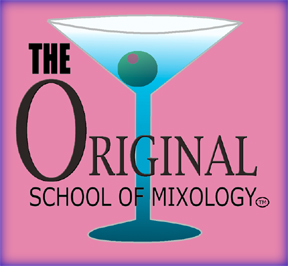
GIN
Gin consists of neutral spirits distilled or redistilled with juniper berries and other aromatics. This is an over simplification of course. Gin is a product of precise quality control and secret complex recipes. Today the center of the modern gin distillery or rectifier is the lab where the seeds, roots, herbs and berries for every botanical charge are measured for flavor strength. This alone makes gin highly dependent for its flavor on the skills of the distiller.
There are two processes for making gin, distilled gin and compound gin. Practically all leading brands are distilled gin compound, gin in a simple process that mixes neutral spirits with juniper. Distilled gin is distilled all the way. There are two methods for producing distilled gin. Direct distillation and redistillation. Gin derives its main character addition, other botanical herbs, seeds, berries and roots may be used. The use of the proportions are left to the producer. The two important factors that make the difference between American and English gin is the fact that English gin is distilled at a slightly lower proof than the American. The English retain more of the grain and character from it.
BRANDY
Brandy is a distillate or a mixture of distillates obtained solely from fermented juice, mash or wine of fruit, or from the residue thereof, to process the taste, aroma and characteristics generally attributed to the product Brandies are produced in many countries, including of course the United States. But many countries have made or specialty of certain brandies. From France, Calvados, the traditional apple brandy of Normandy, and Armagnac, made in the South of France, are popular brandies. Spanish brandy have become increasingly popular. Brandy can be distilled from any kind of wine. However, white wine made from white grapes, produces a more pleasing product and is almost universally used for brandy. In this country the continuous column still has been in general use since the turn of the century.
Cognac, according to Federal standards of identity, is grape brandy distilled in the Cognac region of France, which is entitled to be so designated by the laws of the France government. Not all brandy is Cognac, but all Cognac is brandy.
TEQUILA
Tequila is a distillation of the fermented juice or sap of the mescal plant. The fermented juice is known as pulque; and was a highly prized drink of the Aztecs. After distillation Tequila is drawn off and bottled. Shipped to the U.S. in bulk, Gold Tequila is aged in vats for at least four years. The mescal plant is the only source of Tequila. The beverage is distilled from the juice or sap of the mescal, which is a type of plant that resembles the cactus and is known in this country as the Century plant or American aloe. The mescal plant is native to the desert areas of Mexico and the southwestern U S where it has grown wild for thousands of years. Prized for its sweet abundant juice that ferments rapidly, the juice is known as pulque.
The development of tequila stemmed from the discovery that pulque produced an excellent brandy like liquor. Tequila as consumed in Mexico is unaged and usually bottled at 80 to 86 proof. However some producers do age Tequila in seasoned, 50 gallon white oak casks imported from the United States. Golden tequila is usually aged in whiskey barrels, long enough to impart color, after which it is ready for bottling.